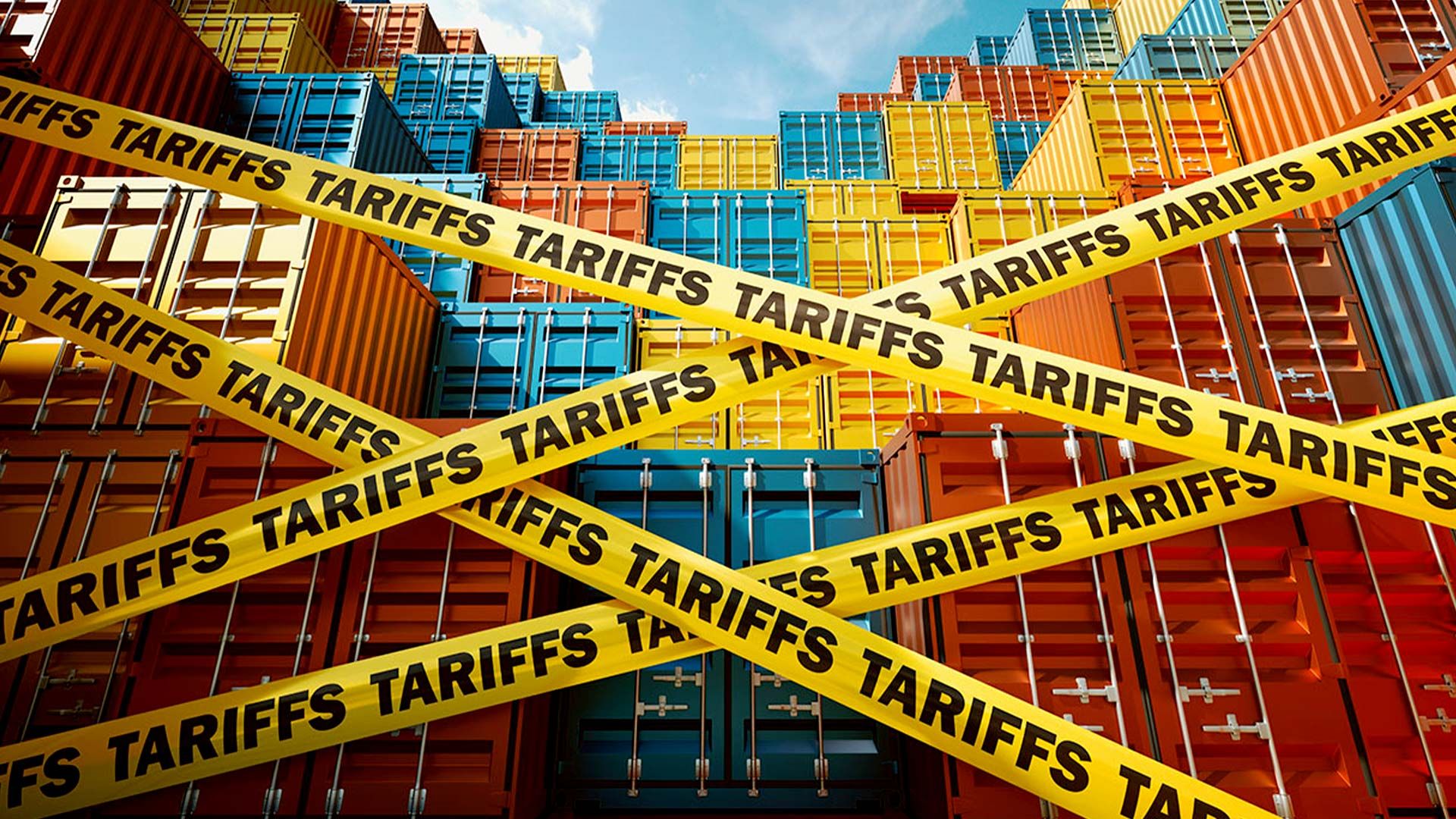April 17, 2025
Can Regulation Keep Up with Innovation?
What Starlink Tells Us About South Africa’s Investment Readines

Unlike neighbouring nations such as Mozambique, Nigeria, and Kenya, South Africa has not approved Starlink to operate within its borders. The key barrier is the requirement for foreign companies to comply with Broad-Based Black Economic Empowerment (B-BBEE) regulations; specifically, that a local partner must hold 30% equity in the operation. For a company like SpaceX, with its proprietary satellite tech and global rollout model, that condition has proven a non-starter.
The result is more than a missed tech upgrade. It’s a symbol of the tension between transformation and investment, between well-intentioned policy and real-world opportunity.
The Case for Regulatory Agility
This isn’t an argument against transformation. South Africa’s economic imbalances are historic, structural, and demand redress. But the current framework is often too rigid to accommodate fast-moving innovation. Equity Equivalent Investment Programmes (EEIPs), which allow foreign firms to meet BEE goals through local development contributions rather than ownership, have existed for years but remain underutilized.
A more formalized, transparent approach to EEIPs could have allowed Starlink to connect thousands of rural schools, clinics, and SMEs without requiring a carve-up of its core IP. Instead, a growing number of investors see South Africa as policy-heavy and growth-light.
Mcebisi Jonas: A Strategic Bridge
Enter Mcebisi Jonas.
President Cyril Ramaphosa recently appointed Jonas as South Africa’s special envoy to the United States, a move that signals a potential reset in SA-US trade and investment relations. Jonas is no stranger to either side of the economic divide. As former Deputy Finance Minister, he earned credibility for standing up to state capture, and as MTN’s current board chair, he understands the pulse of the private sector.
Critics have pointed to his past remarks about Trump and questioned his political alignment. But those debates miss the point. Jonas represents a blend of integrity, investment literacy, and diplomatic poise. He is exactly the kind of figure who can navigate the fine line between preserving transformation goals and promoting economic openness.
If Jonas succeeds in rebuilding U.S. investor confidence and helping to modernize key regulatory pathways like EEIPs, the Starlink impasse could become a turning point – a moment where South Africa chose to evolve rather than retreat.
From Headlines to Real Impact
Economist Dawie Roodt has argued that South Africa risks isolating itself from modern trade and innovation ecosystems if it continues to rely on outdated political mechanisms to drive economic outcomes. His concerns were echoed in a recent article by Aluma’s own Chief Economist, Frederick Mitchell, who warned that the failure to integrate digital infrastructure like Starlink may undermine South Africa’s positioning in a new global trade environment.
The message from the investment community is clear: regulation must keep pace with reality.
Private market capital (whether through private equity, fixed return portfolios, or private credit) is often more flexible than foreign direct investment. But even it requires a sense of alignment from the state: that South Africa welcomes innovation, rewards investment, and adapts when the game changes.
Looking Ahead
South Africa doesn’t need to abandon transformation to attract innovation. What it needs is a framework that sees these two goals as complementary.
If we want to bridge our digital divide, empower our SMEs, and prepare for the next wave of global investment, we must signal that South Africa is open for business, with clarity, consistency, and purpose.
Because in a world where capital moves at the speed of a satellite beam, our policies can’t afford to be stuck on the ground.
REFERENCES
- Starlink’s Regulatory Challenges in South Africa
TechCentral, January 28, 2025: SpaceX asks Icasa to overhaul BEE rules for Starlink launch - Mcebisi Jonas Appointed Special Envoy to the U.S.
Reuters, April 14, 2025: South African president names Jonas special envoy to US - Jonas’s Past Remarks on Trump
AP News, April 15, 2025: South Africa’s new US envoy called Trump racist, homophobic and narcissistic in a 2020 speech - Starlink’s BEE Headache
MyBroadband, February 2025: Starlink’s BEE headache - Equity Equivalence as a Solution
TechCentral, November 5, 2024: Starlink in South Africa: why equity equivalence makes sense - South Africa’s Coalition Clashes Over Starlink
Financial Times, February 2025: South Africa’s coalition clashes over Starlink as Elon Musk attacks equality laws - Frederick Mitchell’s Article on Starlink
Aluma Capital, April 15, 2025: Trump’s New Tariff Round Could Upend Global Trade









